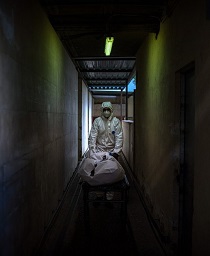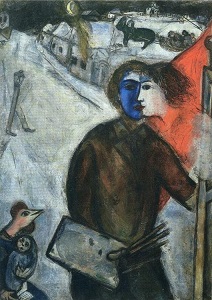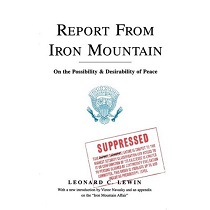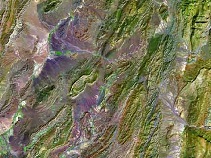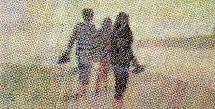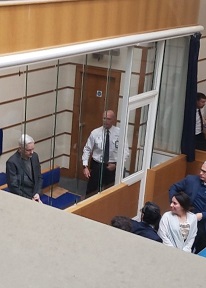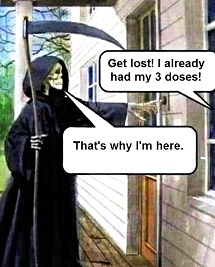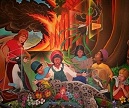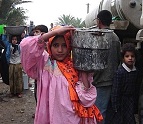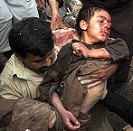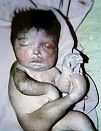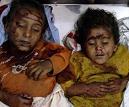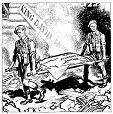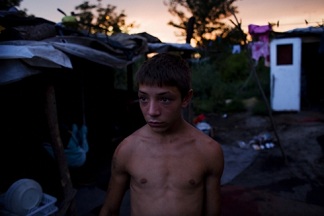The Roma People: Matt Lutton building upon a legacy of wandering photographers
Pete Brook
Friend Matt Lutton has presented words and images in the latest Lens Culture (Issue #26). His story is about the destruction of a settlement in Belgrade and the subsequent relocation of the Roma inhabitants.
I know that Matt has been working on this story for a long time and it matters very much to him. In September of last year, Matt put together a small edit of the work with a caveat that he was still working through the project. Matt recommended this local Serbian article for background on the issue.
Matt’s words:
Gazela was an isolated community of over 200 Roma families living abjectly difficult lives under the Gazela road bridge in Belgrade, Serbia. They made their living from the recycling of metals and refuse, and the landscape around their homes was filled with toxic mounds of rotting waste. It was a ghetto split on the banks of one of the region’s most important rivers and on premium real estate eyed by the elites. This photo story begins with the community living under the bridge before its destruction and partial relocation on August 31, 2009.
The people living there, depending on their legal status, would either be given a new container to live in on the outskirts of the city, free transport back to their villages or if they had no papers, an unceremonious trip to the curb and likely a home in another improvised camp.

A girl runs through smoke near a suspected arson in an abandoned home in Nova Gazela,
a camp on the New Belgrade side of the Sava River. The fire happened on the day before
the relocation and destruction of the settlement. © Matt Lutton
Matt’s task, if he is to compete with other storytellers is tough. The Roma people exist across Europe and have fascinated generations of photographers. The bar was set high by Josef Koudelka upon the 1975 publication of Gypsies.
ROMA ACROSS NATIONS
In recent years, Carlo Gianferro‘s Roma Interiors showed us wealthy Roma residences.
Over seven years, Danish photographer, Joakim Eskildsen, traveled with writer, Cia Rinne, through seven Roma countries (Hungary, India, Greece, Romania, France, Russia, and Finland). Resulting in the book, The Roma Journeys. (Elizabeth Avedon write up).
Amanda Rivkin travelled to Slovakia to photograph Roma theatre productions.
Hungarian, Zsuzsanna Ardó, photographed the Roma travellers in her home country. (Video, via The Rights Exposure)
Similarly to Matt, Sanja Knezevic documented Roma people in Belgrade.
Marco Baroncini (whose work I’ve noted before) photographed the Roma in Italian capital Rome. Most of the 15,000 Roma are immigrants from the Balkans. This work impressed James Estrin and thus received Lens blog exposure.
Most recently, some Roma youth have taken up cameras empowering themselves to self-representat. Greg Ruffing gave a very good summary of the Chacipe Project:
“One project in particular this year has really intrigued me — Chacipe: An Exploration of Roma Images and Identity, which features selected images from the Chacipe Youth Photography Contest. The contest was organized by OSI’s Roma Initiatives and the Open Society Archives as part of the Decade of Roma Inclusion 2005-2015, an international initiative to bring together governments, NGOs and Roma civil society to work towards improving the welfare of Roma communities.”
CONCLUSIONS
If you are Matt, flourish in this rich photographic heritage. If you are not Matt, follow his work!
These two articles by Michaela Stanková may also be of interest:
A wall to keep out Roma
The cost of excluding the Roma minority
___________________________________________________________________________________
Source: http://prisonphotography.wordpress.com/2010/06/19/the-roma-people-matt-lutton-building-upon-a-legacy-of-wandering-photographers/ Matt's web site: http://www.mattlutton.com/ Some of Matt's photos: http://www.mattlutton.com/#mi=2&pt=1&pi=10000&s=0&p=0&a=0&at=0

